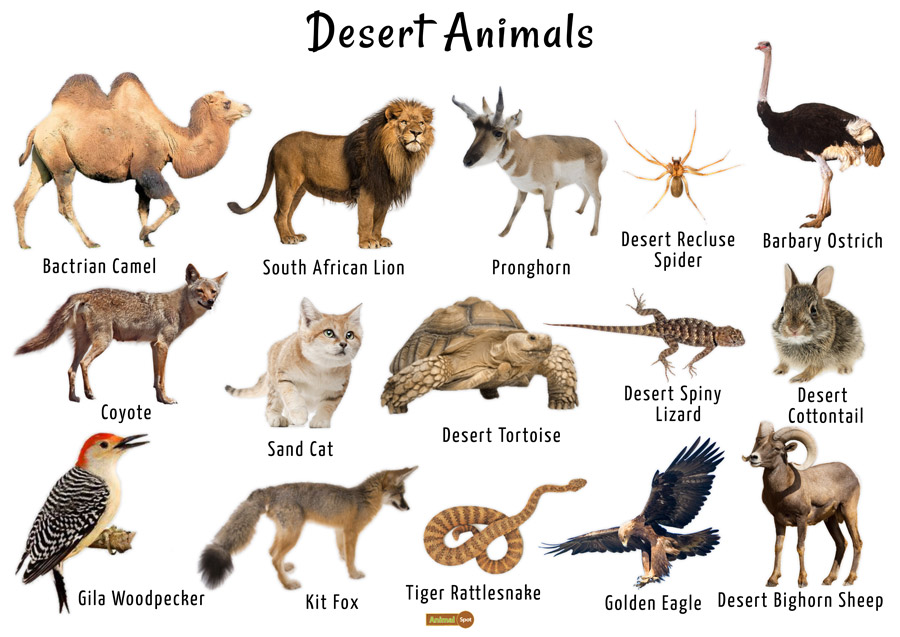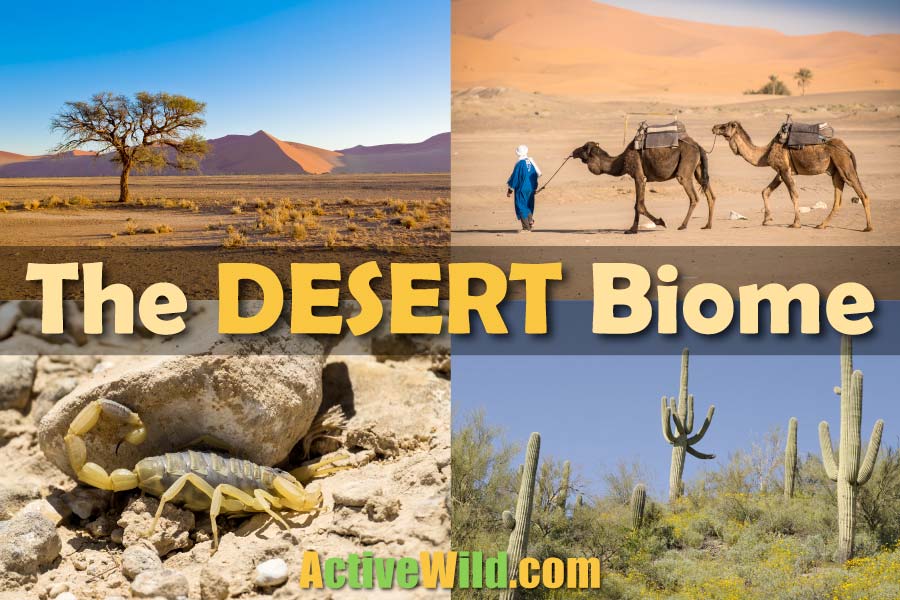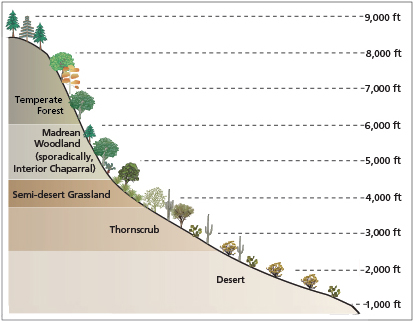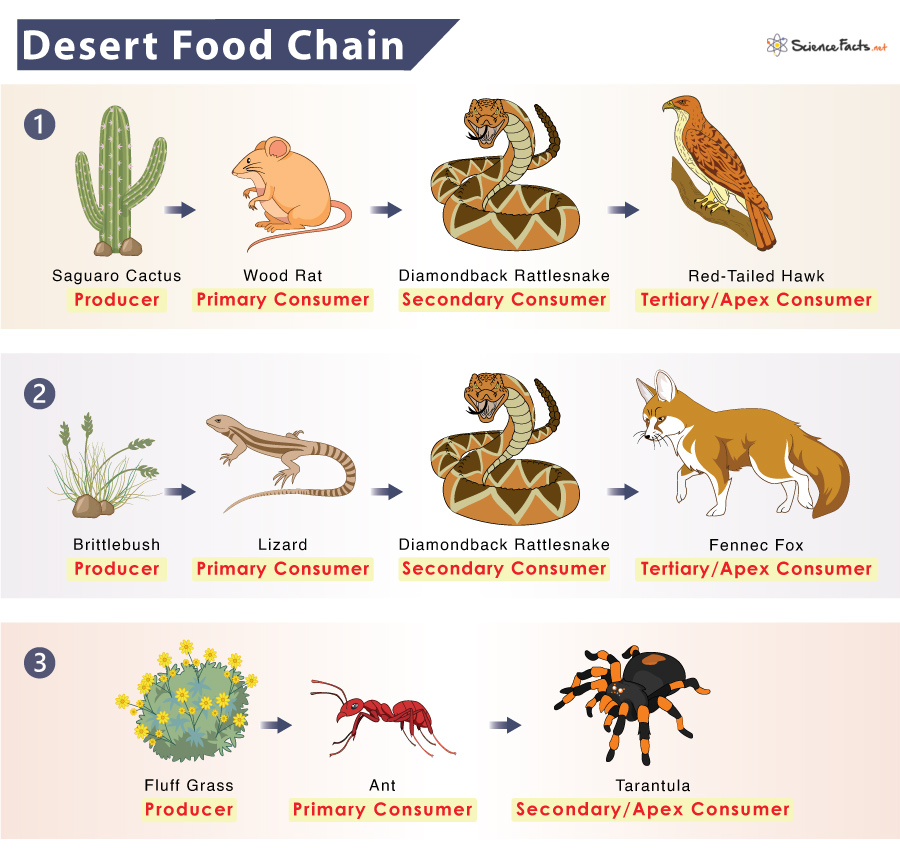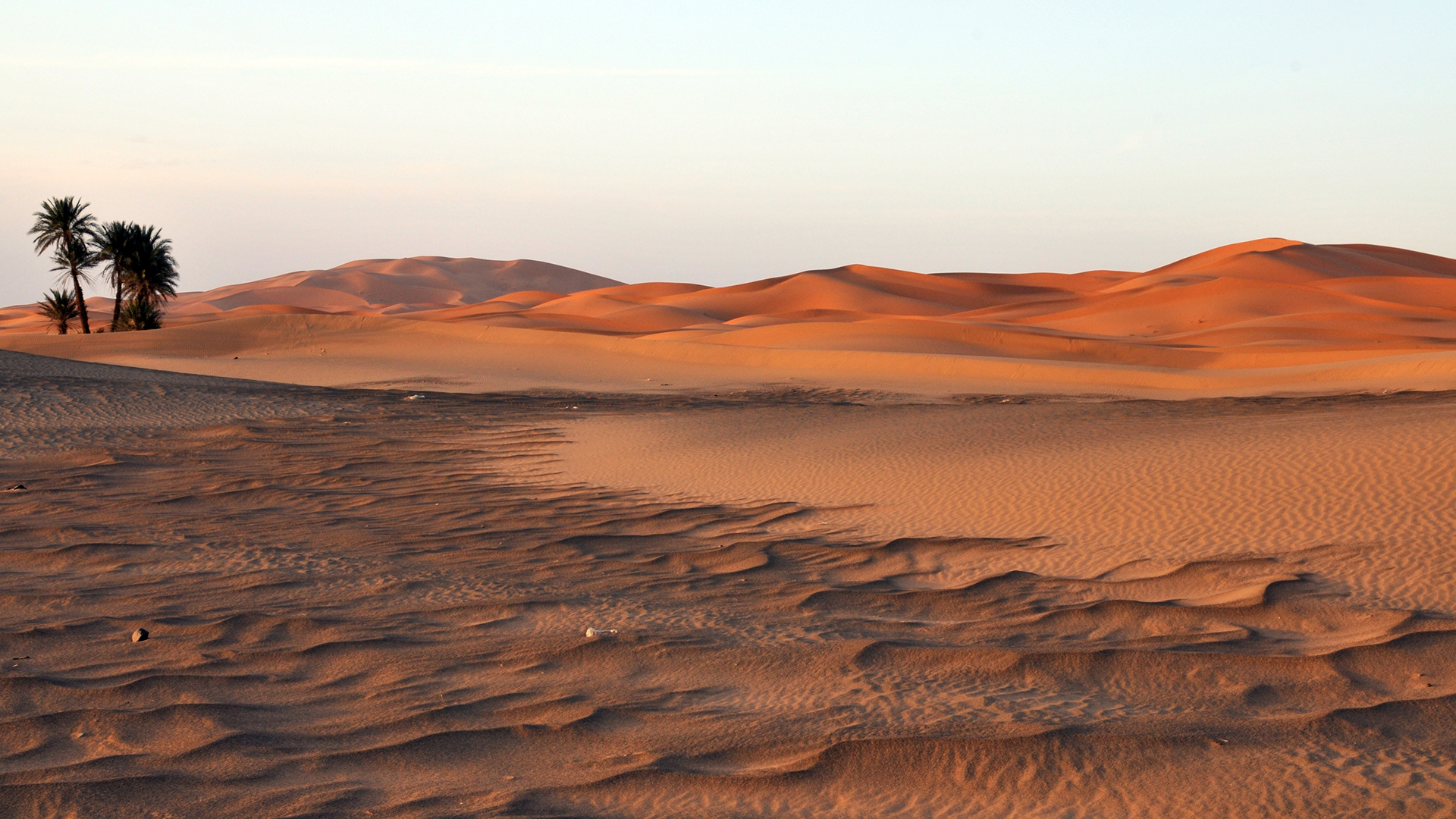Topic meaning of desert ecosystem: Discover the fascinating world of desert ecosystems, where life thrives against the odds, revealing nature"s extraordinary adaptability and resilience.
Table of Content
- What is the meaning of a desert ecosystem?
- Definition and Importance of Desert Ecosystems
- Characteristics of Desert Climates and Terrain
- Flora and Fauna Adaptations in Deserts
- Types of Deserts: Hot and Cold
- Ecological Significance and Biodiversity
- YOUTUBE: Desert Ecosystem Presentation: Desert Plants and Animals in Hot and Cold Deserts
- Human Interaction and Impact on Desert Ecosystems
- Conservation Efforts and the Future of Deserts
What is the meaning of a desert ecosystem?
A desert ecosystem refers to a type of environment that is characterized by extreme dryness and limited vegetation. It is home to a unique set of plants and animals that have evolved to survive in these harsh conditions. The ecosystem of a desert can be understood by considering both its biotic and abiotic components:
Biotic factors:
- Plants: Desert plants have adapted to conserve water, such as cacti, succulents, and shrubs. They often have specialized features like deep roots and waxy coatings to minimize water loss.
- Animals: Desert animals have developed various adaptations to survive in a low moisture environment. Some common desert animals include camels, snakes, lizards, scorpions, and certain bird species. These animals have evolved strategies like nocturnality, burrowing, and efficient water conservation to thrive in the desert.
Abiotic factors:
- Climate: Deserts are characterized by low precipitation and high temperature fluctuations, resulting in aridity. Lack of rainwater retention and high evaporation rates contribute to the extreme dryness of the environment.
- Soil: Desert soils are often sandy and lack organic matter. They have low water-holding capacity but can be rich in minerals, making them suitable for certain plant species.
- Water: Water availability is limited in desert ecosystems. Sources of water can include intermittent rivers, underground aquifers, and occasional rainfall or dew.
Overall, a desert ecosystem is a challenging yet fascinating environment where organisms have adapted to survive under extreme arid conditions.
READ MORE:
Definition and Importance of Desert Ecosystems
Desert ecosystems are unique landscapes characterized by low rainfall, extreme temperatures, and sparse vegetation. Despite their harsh conditions, deserts are biologically rich habitats with a wide variety of life adapted to the challenging environment.
The importance of desert ecosystems extends beyond their biological diversity. They play a crucial role in regulating the Earth"s climate, act as carbon sinks, and have significant cultural and economic value. Deserts also offer unique opportunities for scientific research, particularly in studying climate change and conservation strategies.
- Climate Regulation: Deserts help balance the Earth"s temperature by reflecting sunlight back into the atmosphere.
- Biodiversity: Host to specialized plants and animals, deserts contribute to the Earth"s biodiversity.
- Water Cycle: Deserts play a key role in the global water cycle, affecting precipitation patterns far beyond their borders.
- Cultural Significance: Many desert areas are culturally important, home to ancient civilizations and traditional ways of life.
Understanding and preserving desert ecosystems is essential for maintaining the planet"s health and biodiversity, emphasizing the need for targeted conservation efforts.
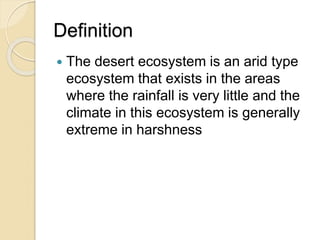
Characteristics of Desert Climates and Terrain
Deserts are defined by their extreme environmental conditions, showcasing a remarkable variety of climates and terrains. These areas are not just barren wastelands but are landscapes full of life, shaped by their unique features.
- Low Precipitation: Deserts receive less than 250 mm of rain per year, making water scarcity a defining characteristic.
- Temperature Extremes: Deserts can experience extreme temperatures, with some reaching over 50°C (122°F) during the day and dropping sharply at night.
- Sparse Vegetation: The flora in deserts is adapted to survive with minimal water, leading to unique plant life such as cacti and succulents.
- Varied Terrain: Desert landscapes can include vast sand dunes, rocky plateaus, salt flats, and canyons, offering diverse habitats for a range of organisms.
- Wind Erosion: Strong winds shape the desert terrain, creating unique geological formations through the process of erosion and deposition.
The resilience of desert ecosystems to these harsh conditions highlights the adaptability of life. Understanding these characteristics is crucial for conservation and sustainable management of desert regions.
Flora and Fauna Adaptations in Deserts
The extreme conditions of deserts have led to remarkable adaptations in both flora and fauna, enabling them to survive and thrive in environments of intense heat and limited water.
- Flora Adaptations:
- Deep Root Systems: Many desert plants have deep or widespread root systems to access water from a larger area or from deep underground.
- Water Storage: Species like cacti store water in their tissues, allowing them to survive long periods of drought.
- Reduced Leaf Size: Some plants have small leaves or spines to reduce water loss through transpiration.
- Reflective Surfaces: Many desert plants have shiny or light-colored surfaces to reflect sunlight and reduce water loss.
- Fauna Adaptations:
- Nocturnal Lifestyles: Many desert animals are nocturnal, being active at night to avoid the daytime heat.
- Efficient Water Use: Animals like kangaroo rats can extract sufficient water from their food and produce highly concentrated urine to minimize water loss.
- Burrowing: Some animals, such as the fennec fox, burrow underground to stay cool during the day and reduce water loss.
- Camouflage: Desert animals often have colors and patterns that blend in with their environment, helping them avoid predators.
These adaptations are vital for the survival of desert ecosystems, demonstrating the resilience of life in even the most challenging conditions.

Types of Deserts: Hot and Cold
Deserts are often stereotyped as endless sands under scorching sun, yet they come in diverse forms, including both hot and cold deserts, each with distinct climates and life forms.
- Hot Deserts:
- Location: Primarily located near the equator, with examples including the Sahara and the Arabian Desert.
- Climate: Characterized by extremely high temperatures during the day and cooler nights. Annual rainfall is scarce, often less than 250 mm.
- Flora and Fauna: Adapted to survive severe heat and drought. Examples include cacti, date palms, camels, and various reptiles.
- Cold Deserts:
- Location: Found at higher latitudes or altitudes, such as the Gobi Desert in Asia and the Great Basin Desert in North America.
- Climate: Experience more precipitation than hot deserts, mostly in the form of snow. Temperature fluctuations are extreme, with very cold winters and warmer summers.
- Flora and Fauna: Plants and animals are adapted to cold, arid conditions. Vegetation is sparse, with hardy shrubs and grasses. Wildlife includes rodents, foxes, and antelopes adapted to cold desert environments.
Understanding the types of deserts is crucial for recognizing their ecological significance and the diverse adaptations of life within these ecosystems.
Ecological Significance and Biodiversity
Desert ecosystems, often perceived as lifeless expanses, are in reality vibrant environments that play a critical role in maintaining global biodiversity and ecological balance.
- Biological Hotspots: Despite harsh conditions, deserts are teeming with life, hosting species that are not found anywhere else. This biodiversity includes unique plants, animals, and microorganisms adapted to survive in extreme conditions.
- Climate Regulation: Deserts contribute to the global climate system by reflecting sunlight back into the atmosphere, helping to regulate Earth"s temperature.
- Soil Formation and Erosion Control: Desert soils are important for mineral and nutrient cycling. Vegetation and microbial life in deserts help prevent soil erosion, a key factor in maintaining landscape stability and fertility.
- Carbon Sequestration: Certain desert plants, such as succulents and cacti, play a role in carbon dioxide absorption, contributing to the reduction of greenhouse gases in the atmosphere.
- Water Purification: Desert ecosystems can help in the natural filtration and purification of water through their soil and plant systems, contributing to the cleanliness of groundwater reserves.
The ecological significance of deserts extends beyond their boundaries, influencing global environmental processes and supporting a unique array of biodiversity that underscores the importance of their conservation.

Desert Ecosystem Presentation: Desert Plants and Animals in Hot and Cold Deserts
Dive into the fascinating world of ecosystems and discover the intricate balance between living organisms and their environment. Uncover the secrets of this interconnected web of life in our captivating video that showcases the beauty and resilience of these incredible natural systems.
Human Interaction and Impact on Desert Ecosystems
Human activities have both positive and negative impacts on desert ecosystems, influencing their health and sustainability.
- Conservation Efforts:
- Protected Areas: Establishment of national parks and reserves to protect native species and habitats.
- Restoration Projects: Efforts to restore degraded desert areas through reforestation and the removal of invasive species.
- Research and Education: Increasing awareness and understanding of desert ecosystems through scientific research and public education.
- Negative Impacts:
- Overexploitation: Excessive use of water resources and collection of native plants and animals threaten biodiversity.
- Land Development: Urbanization, agriculture, and mining activities alter the natural landscape, leading to habitat loss.
- Climate Change: Rising temperatures and changing precipitation patterns affect desert biomes, potentially leading to increased desertification.
- Pollution: Air and water pollution from industrial and agricultural activities degrade desert environments.
Understanding the balance between human interaction and the preservation of desert ecosystems is crucial for their future sustainability. It highlights the need for responsible management and conservation strategies to minimize adverse impacts while benefiting from these unique landscapes.
Desert Ecosystem: Plants and Animals of the Desert on EdZOOcating Adventures
Delve into the enchanting realm of plants and animals, where nature\'s wonders unfold before your eyes. Join us on a mesmerizing journey through lush forests, vibrant meadows, and thriving underwater worlds in our video that celebrates the diversity and extraordinary adaptations of these magnificent creatures.
READ MORE:
Conservation Efforts and the Future of Deserts
The future of desert ecosystems depends significantly on ongoing and future conservation efforts aimed at protecting these unique landscapes and their biodiversity.
- Sustainable Management Practices:
- Water Conservation: Implementing efficient water use and management practices to preserve scarce desert water resources.
- Renewable Energy: Promoting the use of solar and wind energy to reduce the environmental footprint of energy production in desert regions.
- Sustainable Tourism: Developing eco-friendly tourism that supports conservation while minimizing impact on desert environments.
- Protective Legislation:
- Wildlife Protection Laws: Enacting and enforcing laws to protect endangered species and their habitats in desert ecosystems.
- Land Use Regulations: Implementing zoning laws to prevent overdevelopment and protect sensitive desert areas from degradation.
- Community Involvement and Education:
- Local Community Engagement: Encouraging local communities to participate in conservation efforts and sustainable practices.
- Environmental Education: Raising awareness about the importance of deserts and how individuals can contribute to their preservation.
- Global Cooperation: Collaborating on international projects and agreements to address climate change and desertification, ensuring the protection of deserts on a global scale.
With concerted efforts from governments, communities, and organizations worldwide, the future of deserts can be one of resilience and continued ecological significance.
In embracing the stark beauty and resilience of desert ecosystems, we uncover a world teeming with life and lessons on sustainability, urging us to protect these invaluable natural treasures for future generations.

